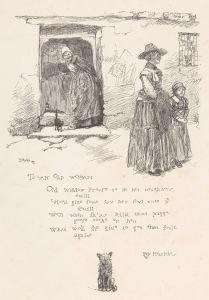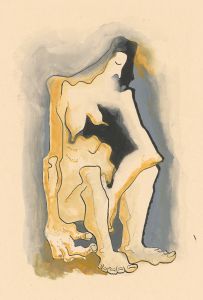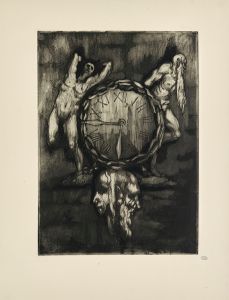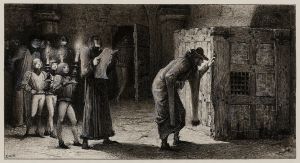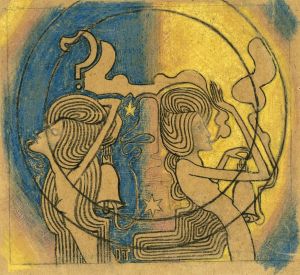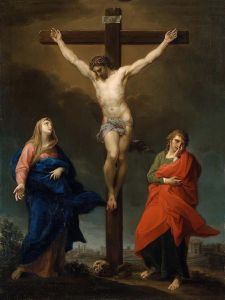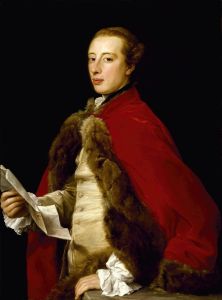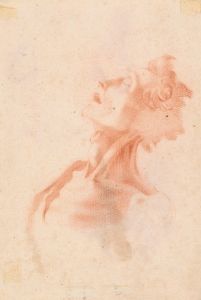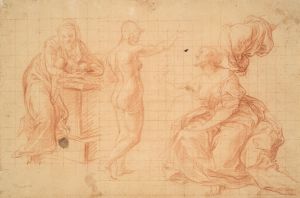
Time Orders Old Age To Destroy Beauty
A hand-painted replica of Pompeo Batoni’s masterpiece Time Orders Old Age To Destroy Beauty, meticulously crafted by professional artists to capture the true essence of the original. Each piece is created with museum-quality canvas and rare mineral pigments, carefully painted by experienced artists with delicate brushstrokes and rich, layered colors to perfectly recreate the texture of the original artwork. Unlike machine-printed reproductions, this hand-painted version brings the painting to life, infused with the artist’s emotions and skill in every stroke. Whether for personal collection or home decoration, it instantly elevates the artistic atmosphere of any space.
Pompeo Batoni's painting Time Orders Old Age to Destroy Beauty is a notable work by the Italian artist, created in 1746. Batoni, a prominent painter of the 18th century, was renowned for his skill in combining elements of classical antiquity with the refined aesthetics of the Rococo period. This particular painting exemplifies his ability to convey complex allegorical themes through vivid imagery and meticulous attention to detail.
The artwork depicts an allegorical scene involving three personifications: Time, Old Age, and Beauty. Time, represented as an elderly man with wings and an hourglass, symbolizes the inevitable passage of time. Old Age, portrayed as a stern and aged woman, is shown carrying out Time's command to destroy Beauty. Beauty, depicted as a youthful and elegant woman, embodies the fleeting nature of physical attractiveness. The composition reflects the theme of mortality and the transient nature of human life, a subject that resonated deeply with the intellectual and artistic currents of the Enlightenment era.
Batoni's use of color, light, and texture enhances the dramatic tension of the scene. The figures are rendered with a high degree of realism, showcasing Batoni's mastery of anatomy and his ability to capture the subtleties of human expression. The interplay of light and shadow emphasizes the emotional gravity of the moment, while the rich drapery and classical setting evoke the grandeur of ancient Roman and Greek art.
The painting was commissioned by Bartolomeo Talenti, a wealthy patron from Lucca, Italy. It was intended to serve as a moral and philosophical reflection on the impermanence of worldly beauty and the inevitability of aging. Such themes were common in the art and literature of the period, reflecting a broader cultural interest in the passage of time and the human condition.
Today, Time Orders Old Age to Destroy Beauty is housed in the National Trust collection at Ickworth House in Suffolk, England. It remains an important example of Batoni's allegorical works and continues to be appreciated for its artistic and intellectual depth. The painting is also significant for its place within the broader context of 18th-century European art, illustrating the enduring influence of classical themes and the skill of one of Italy's most celebrated painters of the period.





